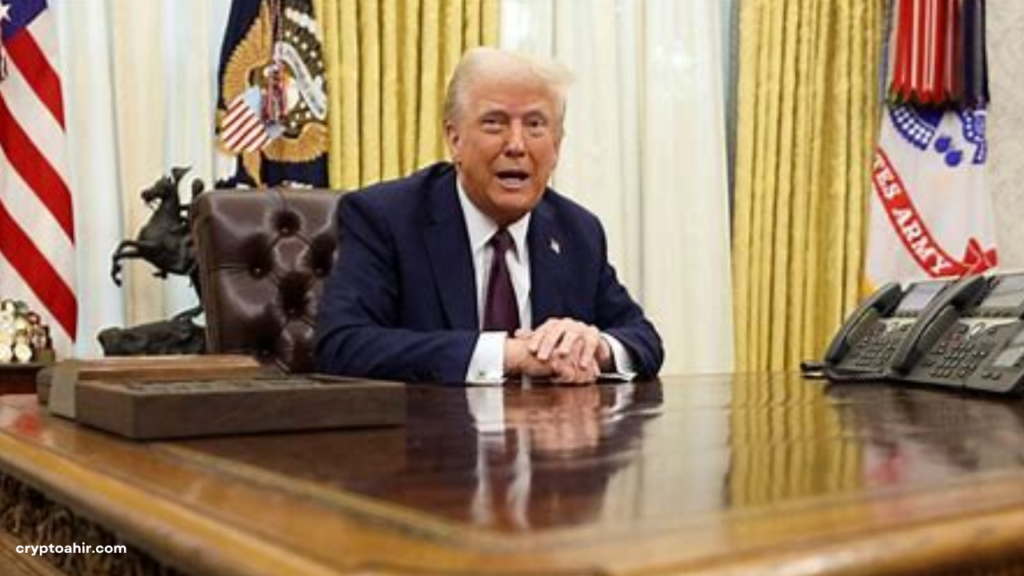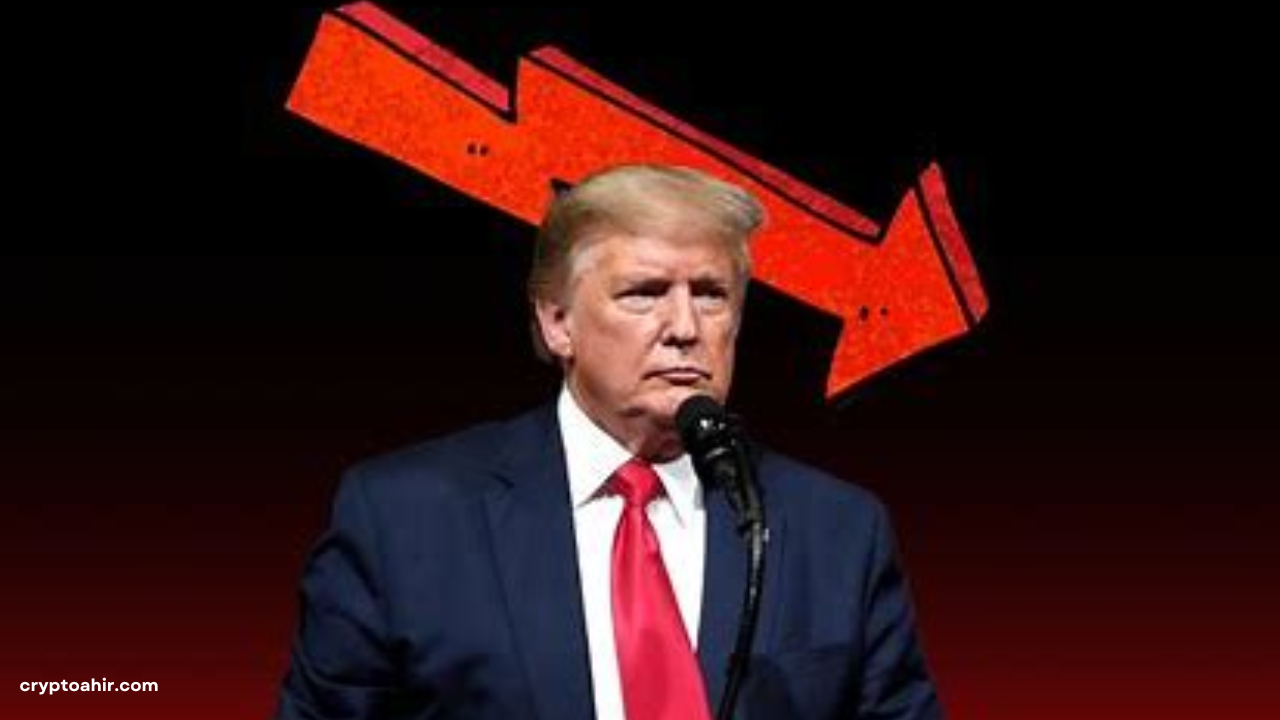Even while cryptocurrencies don’t contribute much to the fluctuations of international trade, tariffs have the power to significantly alter it in a number of ways.
This is due to the fact that the cryptocurrency, debt, and equities markets are more intertwined than most people realize.
Because of the uncertainty around tariffs, volatility has already increased and cryptocurrency values are declining almost universally.
Which variables, then, will affect your cryptocurrency portfolio the most in 2025?

Investor attitude
Since investor sentiment is one element that is simple to measure, let’s start there. The Crypto worry & Greed Index currently stands at 29, suggesting that investors are feeling a fair amount of worry. A scale of 0 to 100 is used to measure the index, with 100 denoting extreme euphoria.
Because of all the worries about tariffs, our Fear & Greed Index in both March and April temporarily fell below 20.
If you want to call it that, the good news is that investors appear to be settling down a little.
The problem is that, given the present climate, there is little desire to purchase riskier altcoins or speculative meme currencies. Regretfully, this implies that “Altcoin Season,” when altcoins reach their peak, might not occur this year.
Traditionally, the cryptocurrency that initiates Altcoin Season is Ethereum (CRYPTO: ETH). And, you know what?
The price of Ethereum has dropped 16% in the last 30 days and 53% for the year. In the absence of Ethereum, Altcoin Season will not exist.
Values of cryptocurrencies based on macroeconomic prospects
Simultaneously, investors are reconsidering their assessment of cryptocurrencies. Investors concentrate on factors associated with blockchain growth throughout bull market cycles, such as rises in the number of new users, increases in the volume of blockchain transactions, or quick advancements in technical performance.
However, during bear market cycles, attention turns to macroeconomic statistics, monetary policy, and fiscal policy.
As a result, macroeconomic data that may provide hints about inflation and the future direction of the economy is of great interest to cryptocurrency investors. The U.S. Federal Reserve’s possible actions are of particular interest to them.
This is due to the fact that interest rate reductions are seen as extremely positive for cryptocurrency.

In the past, the cryptocurrency market did not receive as much attention as the macroeconomic forecast as a whole. Every significant financial asset had no correlation with cryptocurrency, and events in Washington, D.C., or on Wall Street were essentially irrelevant.
Politicians paid virtually no attention to cryptocurrency until recently, and institutional investors had a very small influence in the market.
However, with the launch of spot Bitcoin exchange-traded funds (ETFs) in January 2024, everything changed.
The same individuals that purchase tech equities are also purchasing spot Bitcoin ETFs, indicating that they are examining the same economic data. It seems sense that there is a growing association between tech equities and cryptocurrencies.
The strategic value of cryptocurrency for independent countries
As the trade war heats up, sovereign nations may begin to see cryptocurrency as a strategic tool that might help them accomplish certain economic objectives.
After all, if exports stop coming in or if economic development stops, they may have to make bold decisions. Additionally, crypto may provide them a very special policy choice.
Consider the Strategic Bitcoin Reserve, which was described by the Trump White House in March. The prevailing belief is that, like gold or oil, Bitcoin is a strategic asset that the government ought to hoard.
Those Bitcoin reserves may eventually be used to help pay down the government’s crippling $37 trillion debt load, according to one scenario that politicians have previously suggested.
Furthermore, Treasury Secretary Scott Bessent has not concealed the possibility that stablecoins, the cryptocurrency equivalent of the dollar, may be utilized to accomplish certain monetary objectives.
This is due to the fact that stablecoins are backed by cash and currency equivalents, such as short-term Treasury bills, and are correlated one to one with the US dollar.








